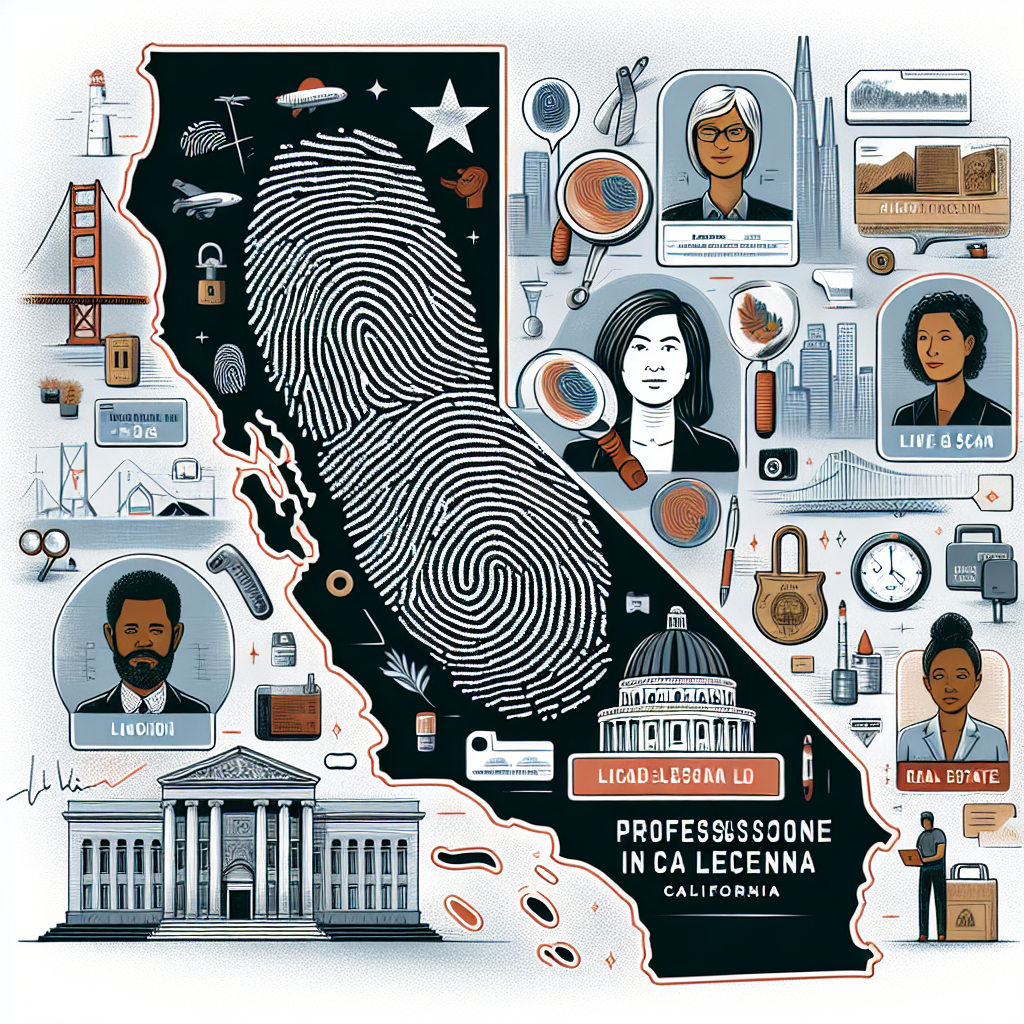How to Update Your Information After a Live Scan Appointment
Introduction
Dealing with official procedures can be confusing, especially after you’ve had a Live Scan appointment. In California, a Live Scan is a way to capture fingerprints electronically, often used for background checks. It’s important to keep your information accurate in different databases to make sure everything goes smoothly in your personal and work life.
Understanding Live Scan Data
During a Live Scan, they collect various personal information like your full name, address, social security number, and fingerprint images. Keeping this information up-to-date is very important because it’s shared with different agencies for checking your identity. Whether you’re getting a job, a license, a certification, or volunteering, having the right information is crucial.
When You Need to Update Your Information
Things change, and sometimes you need to update your Live Scan information. Here are some reasons why:
- Change of Personal Information: If you change your name or move to a new address, you need to update your information.
- Correction of Errors: Mistakes can happen. If you see any errors in your Live Scan report, you should fix them right away.
- Employer or Agency Requirements: Some places might ask you to update your information regularly to keep their records current.
Steps to Update Your Information
1. Check What Needs to Be Updated
First, carefully look over your Live Scan results using this checklist:
- Full Name
- Current Address
- Social Security Number
- Date of Birth
- Fingerprint Accuracy
2. Contact the Right Agencies
To update your information, you need to tell the right people. Here’s how:
- Find out which agencies have your Live Scan data, like state departments, your employer, or licensing boards.
- Look for ways to contact them, like phone numbers or email addresses, to ask about updating your information.
3. Gather Needed Documents
What you need depends on the update:
- Name Change: Legal proof like a court order or marriage certificate.
- Address Update: Utility bills or ID showing the new address.
- Error Correction: Original records showing the correct information.
You might find these documents at local government offices or online.
4. Send in Your Update Request
Here’s how to send your update:
- Online: Many agencies have forms or websites for updates.
- In-Person: If possible, visit the agency’s office to update in person.
- Mail: Some places accept or need documents mailed. Check the details before choosing this option.
5. Make Sure the Update is Done
After submitting your update:
- Check with the agency to see if it’s done. Follow up if you don’t get confirmation in the usual processing time, which can take from a few days to a few weeks.
- Keep records of anything you submitted, like confirmation numbers.
Tips for a Smooth Update Process
- Always save copies of all documents and communications.
- Check your personal records often to catch mistakes early.
- Follow deadlines that each agency has to avoid problems.
Common Mistakes to Avoid
- Not paying attention to instructions for submitting updates.
- Missing deadlines without sending in required documents.
- Sending incomplete or wrong documents, leading to rejections or delays.
Resources and Contacts
Having the right resources makes this easier:
- The California Department of Justice website has guidance and contact info.
- Your employer’s or agency’s HR department can provide specific instructions.
- Local government websites often have sections for personal information updates.
Conclusion
Keeping your Live Scan information up-to-date isn’t just a rule—it’s important for keeping your professional and personal life in order. By knowing how to update your information, you ensure that everything reflects your current status accurately.
Call to Action
If you need help or more info on updating your Live Scan, reach out to the right agencies or seek professional advice. Stay informed and update your records to avoid problems. For updates on laws or processes, consider subscribing to news alerts or services. If in San Diego, consider visiting Tags Clinic at 3845 University Ave, San Diego, CA for professional help. You can also give us a call at 619-777-9046. We’re always here to help!









